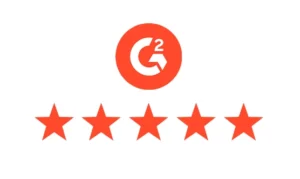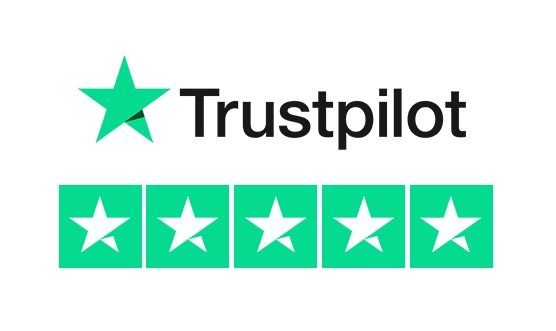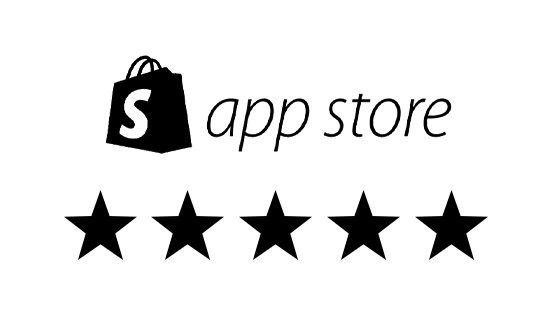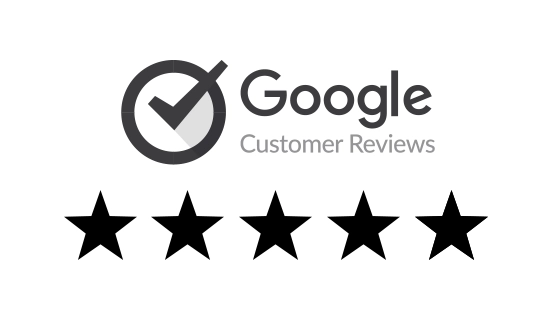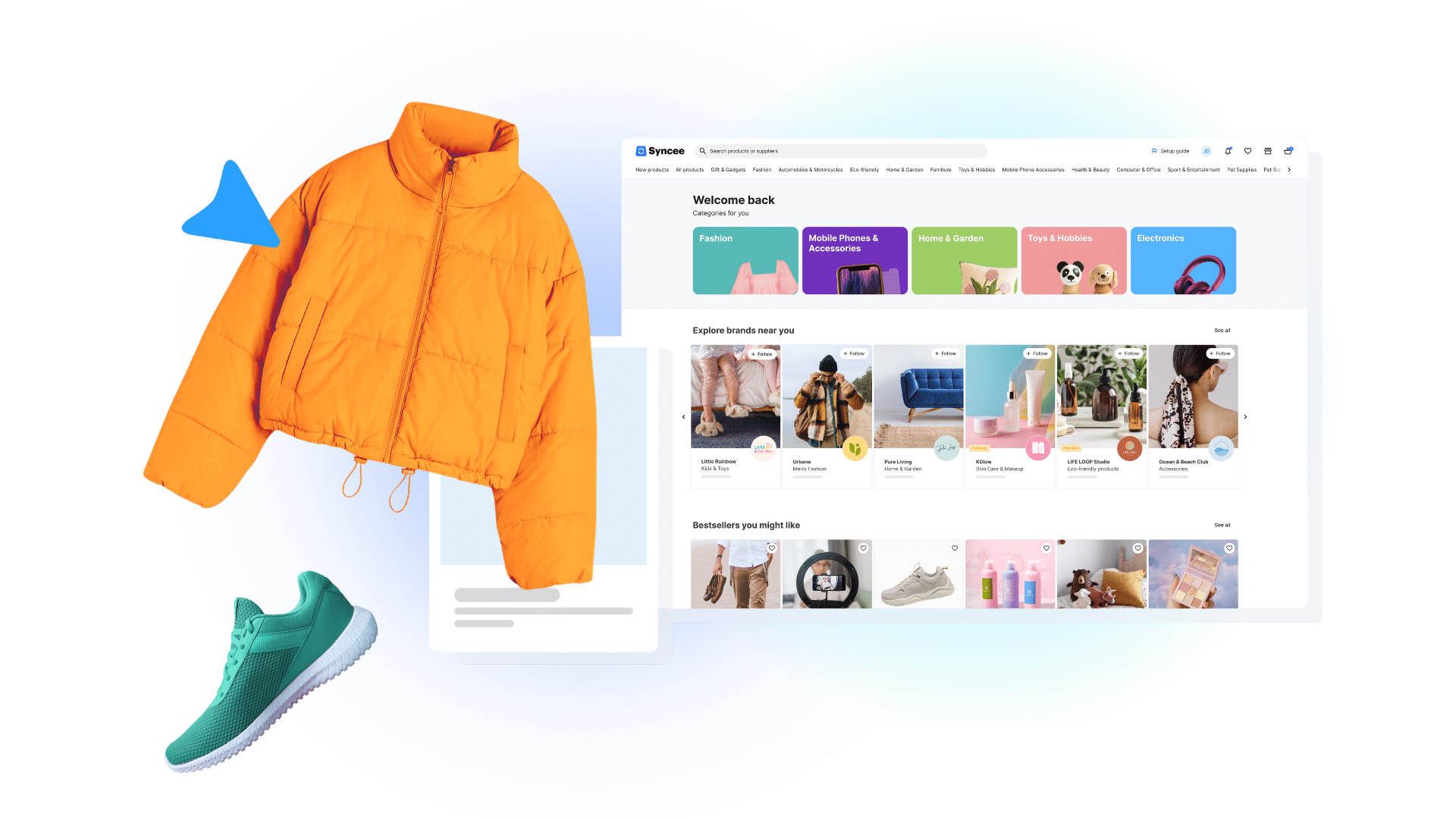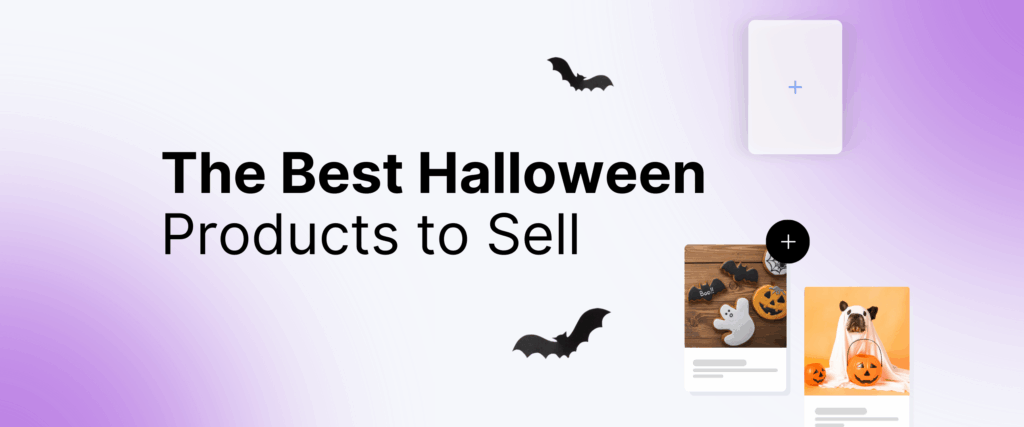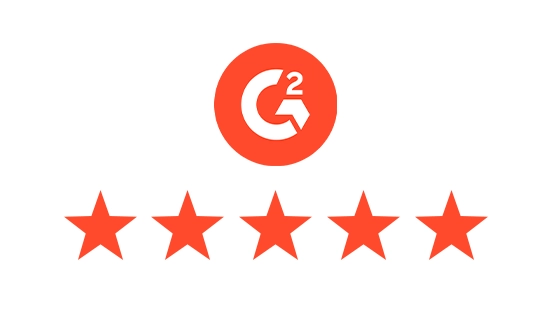Looking to take your Shopify store to the next level in 2025? Whether you’re just getting started or trying to scale, implementing the right growth tactics can make a massive difference. In this comprehensive guide, we’ll break down 15 proven Shopify store growth strategies designed to boost traffic, increase conversions, and improve long-term retention. If you’re wondering how to grow your Shopify store, this guide will set you on the right path.
Running a Shopify store is more than just listing products and waiting for sales. With rising competition, changing consumer behaviors, and constant platform updates, you need a proactive plan to stand out. These Shopify store growth strategies will help you attract the right customers, optimize performance, and scale sustainably.
What is a Growth Strategy?
Before diving into the 15 tips, it’s essential to understand what a growth strategy means in the context of ecommerce. A growth strategy is a plan designed to help your store expand its reach, convert more visitors into buyers, and retain those customers for the long term. It involves data-driven decision-making, platform optimization, marketing, branding, and customer engagement techniques.
Growth—how it helps your business—is all about compounding small wins over time. Whether you’re just starting or already selling, refining your approach with these Shopify store growth strategies will give your brand the lift it needs.
15 Growth Tips to Scale Your Shopify Store
Understanding growth—how it helps your business thrive—is key. These strategies aren’t just marketing tips; they’re essential for increasing your reach, reducing churn, and building a brand that lasts. In short, it helps growth by giving your store the structure and momentum it needs.

1. Optimize for Mobile First
Over 70% of Shopify traffic comes from mobile devices. If your store isn’t optimized for mobile, you’re missing out on a huge portion of potential customers. Use a responsive Shopify theme, compress images, streamline your menu for thumbs, and regularly test on different screen sizes. Also, use tools like Google’s Mobile-Friendly Test to ensure full compatibility.
2. Speed Up Your Store
A 1-second delay in page load time can reduce conversions by 7%. Shopify’s speed tools and Lighthouse reports help you find what’s slowing you down. Remove unused apps, enable lazy loading, serve next-gen image formats, and consider using a Content Delivery Network (CDN) to improve global speed.
3. Create High-Converting Product Pages
Your product pages are where visitors become buyers. Make them count. Write persuasive titles and detailed descriptions that answer questions upfront. Add high-resolution images and videos, include customer reviews, and create urgency with stock and time-based notifications. Provide a size guide, materials info, or usage instructions when relevant.
4. Upselling and Cross-Selling Techniques
Encourage larger cart sizes by recommending relevant add-ons or bundles. Use Shopify’s native product recommendations or apps like ReConvert to design tailored upsell funnels that convert without feeling pushy. Offer complementary products that make logical sense to buy together and test different combinations to optimize.
Example upsell strategy:
- Add a “Complete the Look” section under your product pages.
- Bundle popular products with a discount.
- Offer post-purchase upsells on the thank-you page.
5. Leverage Shopify Email Marketing
Email marketing still delivers strong ROI. Collect emails with popups or embedded forms, offer discounts for sign-ups, and build automated sequences for abandoned carts, product updates, and customer rewards. Tools like Klaviyo and Omnisend integrate perfectly with Shopify and offer segmentation for personalized messaging.
6. Launch a Loyalty Program
Encourage repeat business with a structured loyalty program. Apps like Smile.io and Yotpo let you reward purchases, reviews, referrals, and more. Offering tiered rewards or exclusive perks helps keep customers engaged and spending. Also consider: rewarding birthday purchases, offering double points on slower days, and running VIP-only sales to increase retention.
7. Improve SEO for Organic Growth
SEO brings long-term traffic. Focus on keywords in your product titles, meta descriptions, and blog content. Structure your pages with H1-H3 headers and build internal links to cornerstone articles. Create evergreen content and regularly update older pages to stay relevant. This is one of the most consistent Shopify store growth strategies that delivers over time.
8. Content Marketing for Brand Authority
Content builds trust and answers customer questions before they ask. Write product tutorials, niche blogs, and share your brand story. Want an in-depth roadmap? Check our Ultimate Dropshipping Guide for Shopify Stores 2025. Combine this with video content for YouTube or short-form videos for TikTok and Instagram Reels to engage users across platforms.
Use seasonal campaigns to maximize growth:
Plan ahead for holidays and seasonal trends. Build product bundles or limited-time offers around key dates like Valentine’s Day, Back-to-School, or Black Friday. Use these moments to launch new collections or clear out older inventory. Preparing seasonal landing pages also helps with SEO and customer engagement. When aligned with your other Shopify store growth strategies, these campaigns can drive massive spikes in traffic and sales.
9. Influencer Collaborations & Referral Marketing
Partnering with influencers, especially micro-influencers, can rapidly grow your audience. Use affiliate links or custom discount codes to track performance. Provide creatives and product samples to make collaboration easy. Look for influencers who align with your brand’s values and aesthetic. As Shopify store growth strategies go, influencer marketing can create a fast surge of social proof.
Create referral programs that reward your customers for sharing your brand with their friends. This is a low-cost, high-trust way to bring in new business. Apps like ReferralCandy or Smile.io can help you set up these campaigns quickly. This method not only brings in warm leads but also helps increase your brand credibility.
10. Geo-Targeted Advertising
Boost ad ROI by targeting specific regions. Customize your messaging for audiences in the U.S., Canada, UK, or Australia. Facebook, Instagram, and Google Shopping all offer powerful tools to geo-target based on your store’s shipping coverage. Highlight fast shipping options, local holidays, or region-specific product uses.
11. Offer Flexible Payment Methods
Make checkout frictionless. Enable Shop Pay, Apple Pay, and Google Pay to cater to shopper preferences. Clearly show secure payment badges and consider buy-now-pay-later options like Klarna or Afterpay to increase conversion rates. Transparent policies on refunds and data security also help build buyer confidence.
12. Social Proof and Reviews
Display trust by showcasing customer reviews and testimonials. Automate review collection using tools like Loox or Judge.me. Feature UGC (user-generated content) on product and landing pages to reinforce credibility. Include verified purchase badges and highlight best-rated items.
13. Data-Driven Decision Making
Use data to identify what’s working. Track your conversion rate, average order value, return rate, and bounce rate using Shopify Analytics, Google Analytics, or Hotjar. Set up dashboards to monitor performance daily or weekly. Run A/B tests to continuously improve CTAs, layout, and pricing strategies. Mastering your data is essential when applying Shopify store growth strategies effectively.
Key metrics to monitor:
- Conversion Rate: % of visitors who make a purchase.
- Average Order Value: How much customers spend per order.
- Bounce Rate: % of visitors who leave without interacting.
- Cart Abandonment: % of carts left without completing checkout.
14. Automate Store Operations
Save time and scale efficiently by automating tasks. Use Syncee to sync inventory, pricing, and supplier orders. Automate order updates, fulfillment, and abandoned cart recovery to keep operations running smoothly 24/7. Automation frees up your time to focus on creative growth initiatives and supports advanced Shopify store growth strategies.
15. Sell on Multiple Channels
Expand your reach by listing your products on Facebook, Instagram, Google Shopping, and TikTok Shop. Use apps that integrate with Shopify to easily sync listings and inventory across platforms. Syncee’s marketplace integrations also allow you to access other major sales channels, helping you diversify your customer base. Multi-channel selling is one of the most impactful Shopify store growth strategies in today’s competitive market.
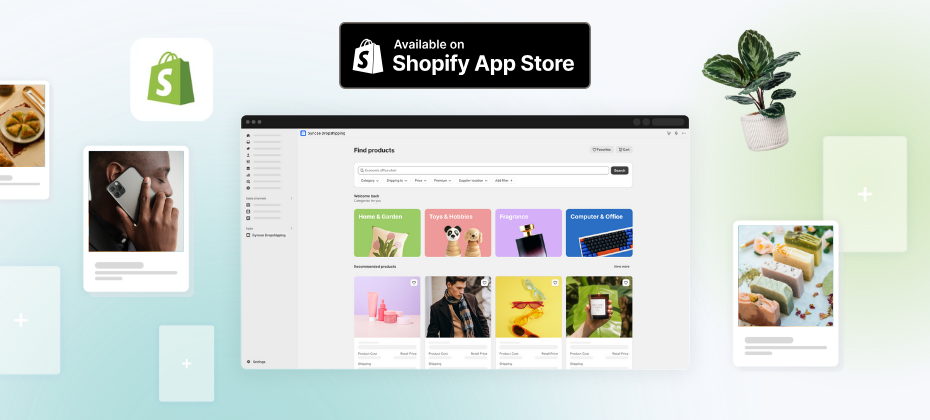
Why Are These Strategies Important?
Implementing the right tactics can mean the difference between flat sales and scalable success. These Shopify store growth strategies improve customer experience, streamline operations, and open up new revenue streams. When you grow your Shopify store strategically, you create a foundation for consistent, long-term success.
Collaborate With Other Shopify Stores
Networking can be a great way to gain exposure. Collaborate with similar-sized Shopify brands in your niche. You can cross-promote via email newsletters, bundle products together, or host joint giveaways. This kind of co-marketing boosts reach and engagement and is an underrated Shopify store growth strategy.
For example, a skincare brand might collaborate with a wellness supplement store to offer complementary products to their audiences. Or a pet accessory store could expand by offering organic pet foods from another trusted brand.
Key takeaways from one successful collaboration include increased average order value, faster delivery times (thanks to regional suppliers), and higher customer satisfaction.
What is Collective Commerce?
When talking about Shopify store growth strategies we need to talk about a model that help you boost your business. Collective commerce is a collaborative model on Syncee where online stores from different ecommerce platforms connect to sell each other’s products. This approach enables stores to broaden their product range by sourcing complementary items from other local retailers or by offering their own products to partner stores within the Syncee network. Through these partnerships, businesses can reach new audiences and drive mutual growth.
This model allows retailers to start selling without risk, as they don’t need to hold inventory—sales are their main focus while fulfillment and shipping are handled by the supplier. Over time, retailers can evolve from selling products individually via this model into engaging in traditional wholesale, once they identify top-performing items. Wholesale involves purchasing physical stock with favorable minimum order conditions, giving retailers more control and higher profit margins.
How Syncee Helps You Grow
Syncee plays a key role in executing effective Shopify store growth strategies by streamlining some of the most time-consuming parts of ecommerce management.
With Syncee, you can:
- Find trending dropshipping products to sell across multiple categories.
- Automate product imports and updates from verified suppliers.
- Set pricing rules, minimum order quantities, and control which retailers can resell your products.
- Choose from flexible shipping models like flat-rate, weight-based, or price-based options.
- Accept payments securely via PayPal or Stripe.
You can also become a supplier yourself. Upload your own product catalog to Syncee and allow other retailers to sell your products through the Syncee Premium Dropshipping and Wholesale marketplace. This helps diversify your revenue while growing your reach.
From sourcing to fulfillment, Syncee helps you grow your Shopify store through intelligent automation, reliable partnerships, and marketplace exposure. Whether you’re a new entrepreneur or a seasoned brand, using Syncee means spending less time on manual tasks and more time growing your business. That’s why it’s great to consider using Syncee as part of your Shopify store growth strategies.

Join Shopify Communities
Being active in Shopify-related forums or Facebook groups can expose you to growth tactics you might not have thought of. Share your wins and challenges, and learn from others. Communities like Shopify Entrepreneurs or the Syncee Facebook group provide inspiration and feedback from real users applying Shopify store growth strategies daily.
Final Thoughts
These 15 Shopify store growth strategies are your roadmap to ecommerce success in 2025. Whether you’re selling handmade crafts, trending gadgets, or eco-friendly wellness goods, consistent optimization is key.
Need help sourcing products or managing your catalog? Explore the Syncee Premium Dropshipping and Wholesale marketplace and discover trusted suppliers, automation features, and high-converting product options. You can also check out our Dropshipping Profit Calculator to estimate your store’s potential.
Remember, growth—how it helps your business—comes from smart strategies executed consistently. With the right tools, insights, and dedication, 2025 can be your most successful year yet. Keep revisiting these Shopify store growth strategies and refining your approach as your store evolves.
Frequently Asked Questions
What are the most effective Shopify store growth strategies for beginners?
For beginners, the most effective Shopify store growth strategies include optimizing your store for mobile users, improving page speed, and starting with a clear SEO and content plan. These foundational steps help build trust, attract traffic, and convert visitors into loyal customers right from the start.
How often should I update my Shopify store growth strategies?
It’s recommended to review your Shopify store growth strategies quarterly. This ensures you’re adapting to changes in consumer behavior, platform updates, and seasonal trends. Staying proactive and data-driven helps keep your store competitive and relevant throughout the year.
Can automation improve the effectiveness of Shopify store growth strategies?
Yes, automation can significantly boost the efficiency of your Shopify store growth strategies. Using apps like Syncee for product and order management or Klaviyo for email campaigns helps save time and ensures consistent performance across your marketing and operations.
Should I use AI tools to grow my Shopify store?
Yes, AI tools can help automate customer support, personalize product recommendations, and improve ad targeting—saving time while boosting conversions.



